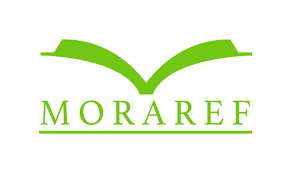Download
Focus and Scope
In Biology and Natural Science Education focus Jurnal Bioshell has some scopes, it's about:
- Biology and natural science learning models: research on the newly biology and natural science learning models in accordance with the principles of Student Center Learning (SCL);
- Biology and natural science learning assessments: exploring various methods of student assessment, educational evaluation, and the role of feedback in improving learning outcomes;
- Media and technology in biology and natural science learning: investigating the integration of technology in educational settings, including e-learning, digital pedagogy, and educational tools;
- Professional development of biology and natural science teachers: research on improving teaching practices, teacher training programs, and professional growth for educators;
- Curriculum in biology and natural science learning: research on curriculum development, instructional strategies, and educational practices in primary, secondary, and higher education.
In Biological Sciences focus Jurnal Bioshell has some scopes, it's about:
- Taxonomy: research about identifying, grouping, and naming living organisms. Taxonomic research also includes describing and identifying these organisms;
- Morphology: research about shape, size, and structure of living things, as well as the relationships between their constituent parts;
- Physiology: research of organ function, body systems, and metabolic processes. This research also includes changes in body structure related to disease and finding cures;
- Genetics: research into the structure, function, and changes of genes, and genetic inheritance. Genetic research can also be conducted to study the mechanisms and regulation of basic molecular processes;
- Ecology and evolution: research on how interactions between species evolve, affecting behavior, ecology, and diversity;
- Biotechnology and molecular cell biology: utilization of various types of living things, such as bacteria, viruses, fungi, animals, and plants. Research also includes the utilization of living things products, such as enzymes, proteins, and active compounds;
- Microbiology: research about characteristics of microorganisms, such as bacteria, fungi, viruses, protozoa, and algae and interaction of microorganisms with other organisms;
- Anatomy and embryology: research into the embryology of living things includes the process of embryo formation and development, as well as the similarities and differences between embryos between species.
- Ethnobiology: research on the relationship between local communities and the surrounding natural environment, especially in the context of the use and management of natural resources.












